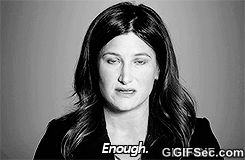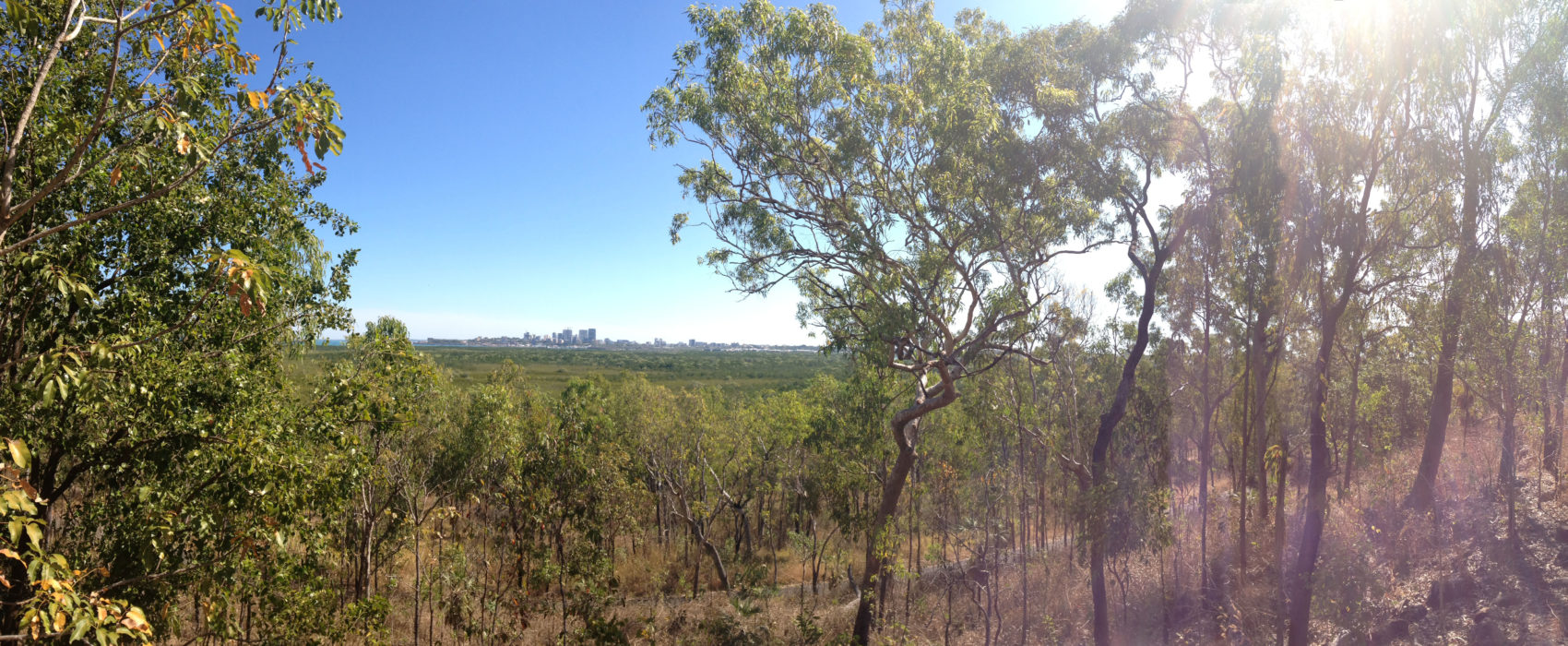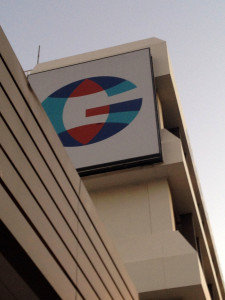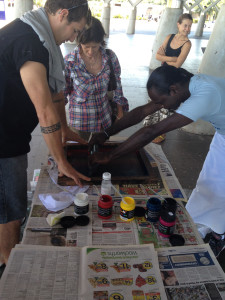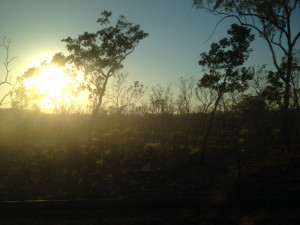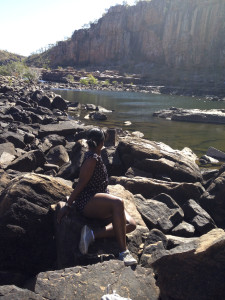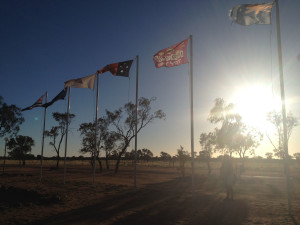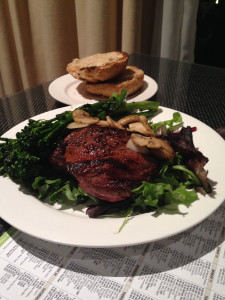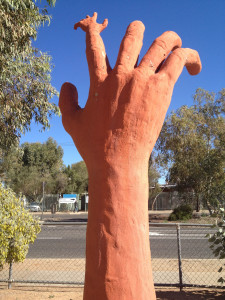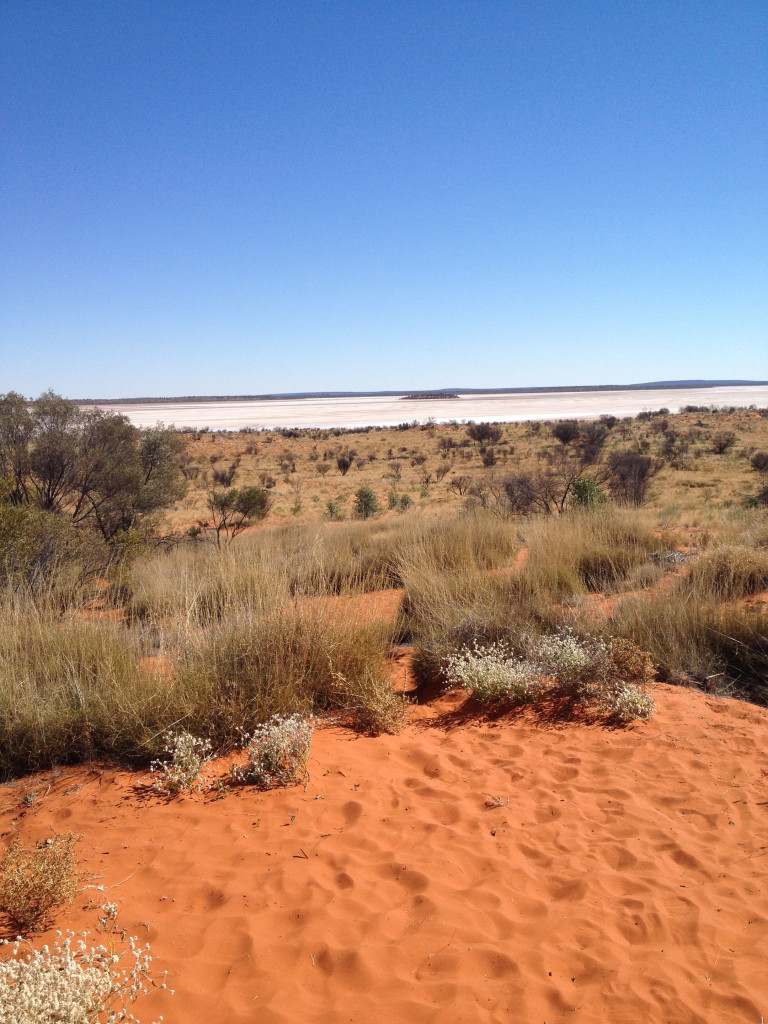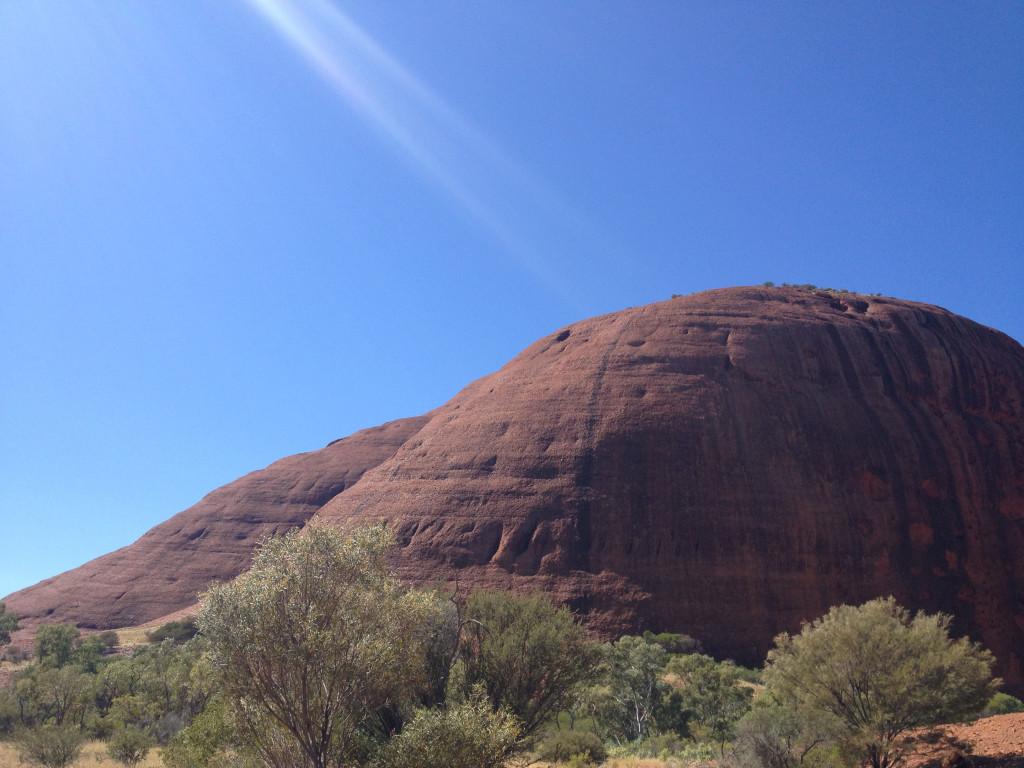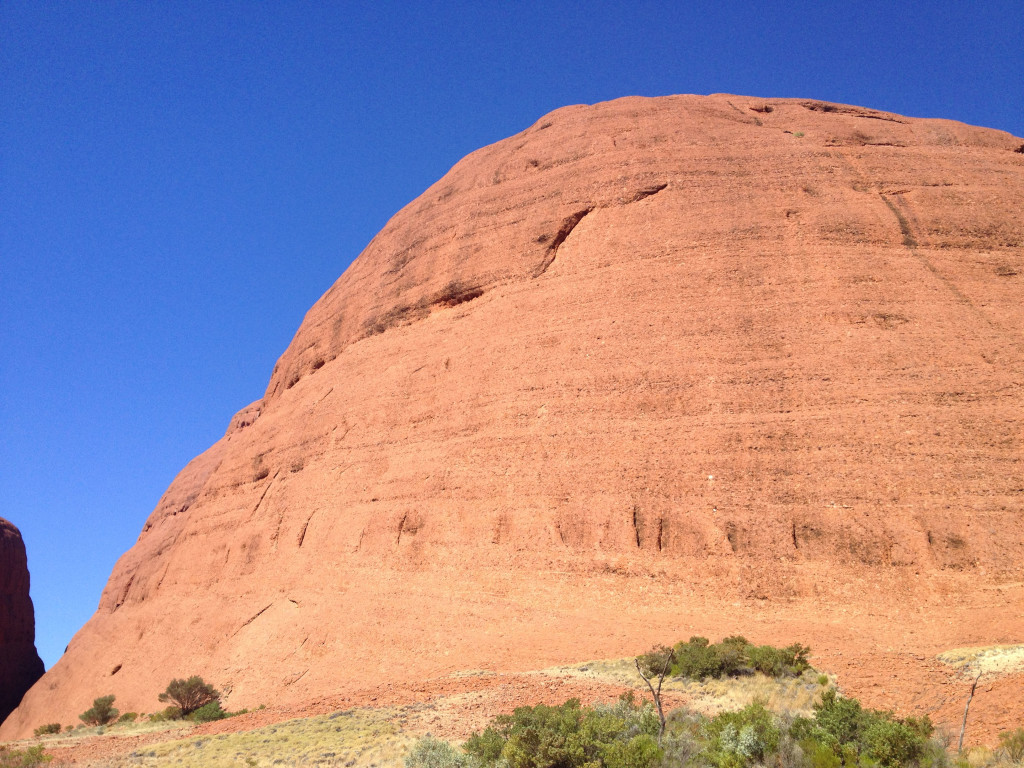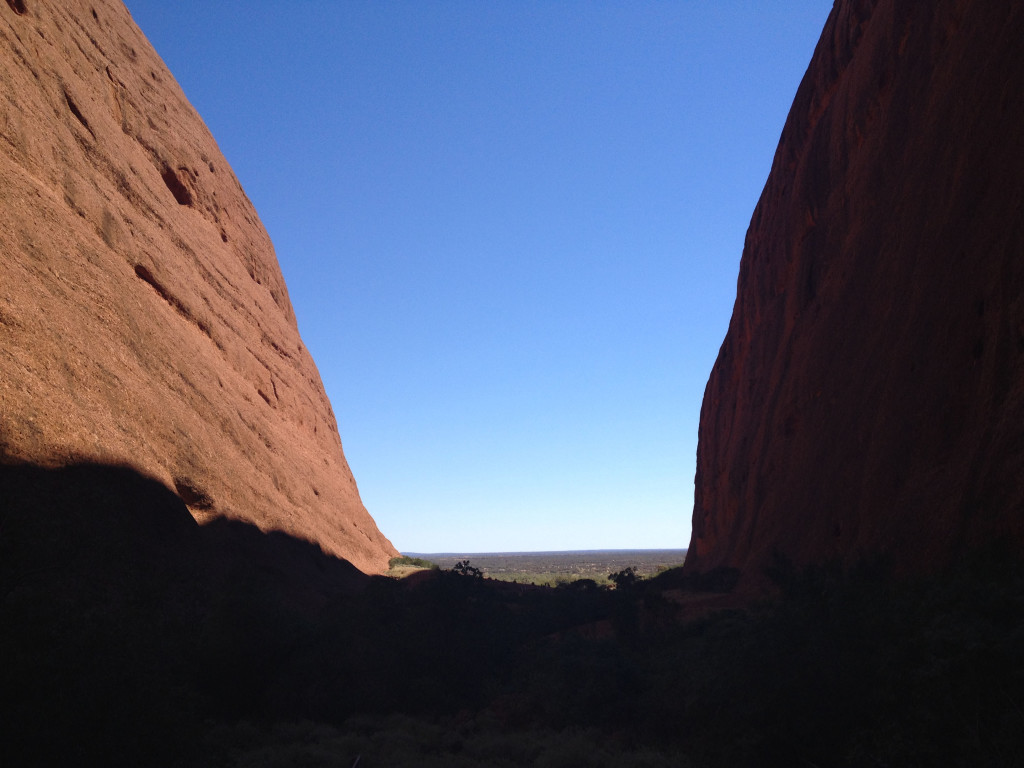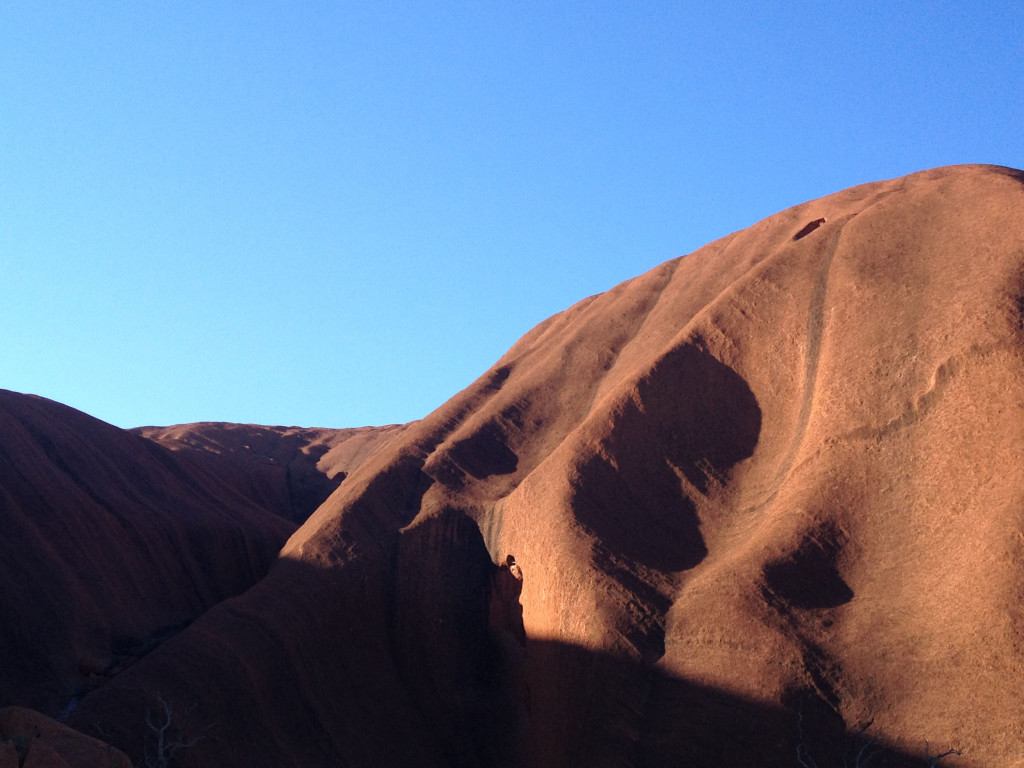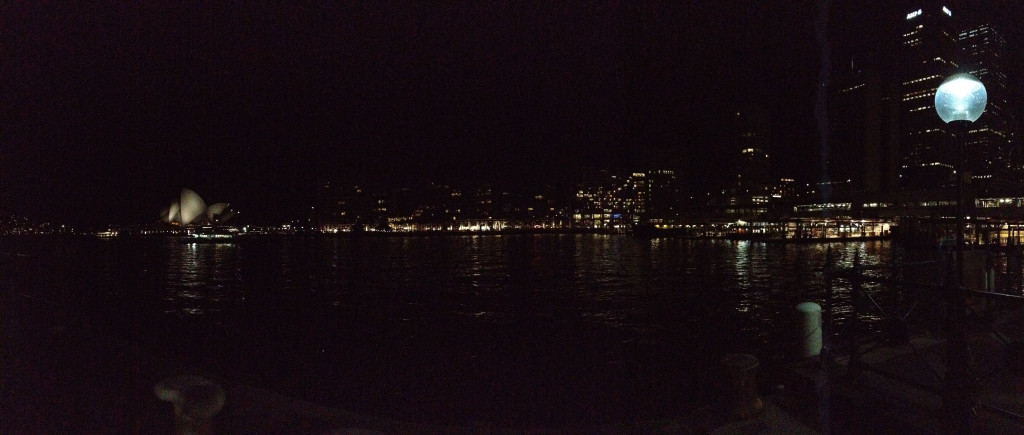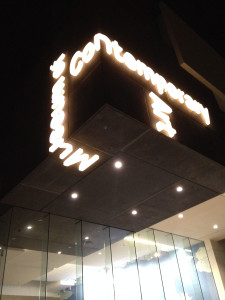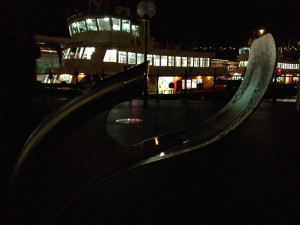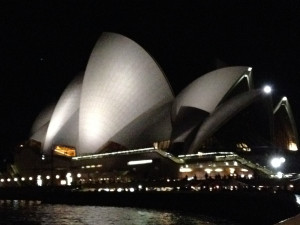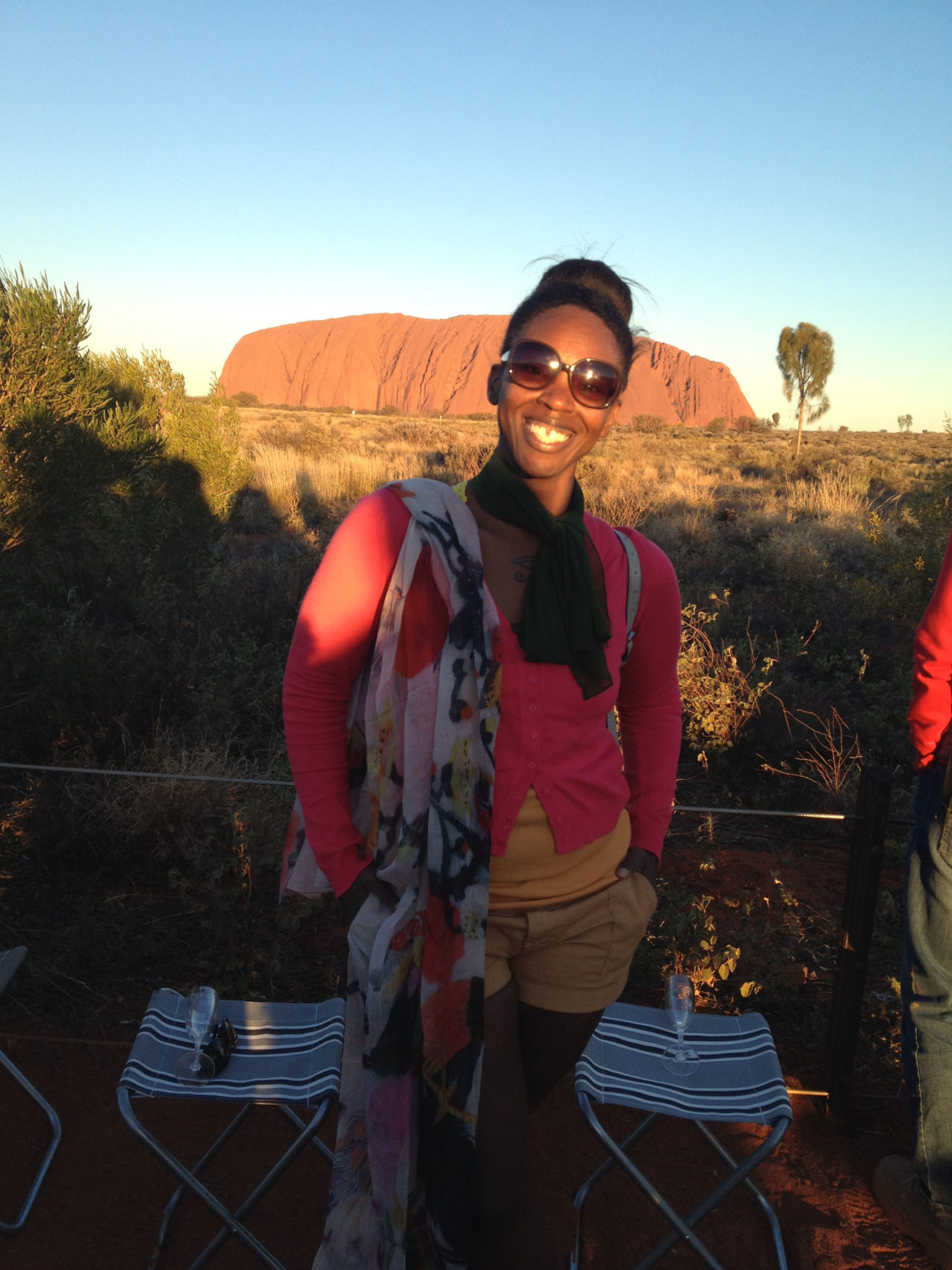
Aug
Passport Confessional | Australia 2014
[responsivevoice_button voice=”UK English Female” buttontext=”Listen to Post”]
If I’m going all the way to Australia, I’m going to see something I’ve never seen before.
Japan was the plan. It’s a very unique place. But after crunching a few numbers, I didn’t quite have enough to go comfortably. But I did have enough to visit another country: Australia.
Now, Australia had never really been high on my list of destinations. Places like Brazil, France, Italy, had been ticked off the list. But a thought occurred to me that maybe I should give Australia another glance.
After a bit of research (and scrolling through my mental Rolodex), only one place really appealed to me: Northern Territory (NT). My trip to Jericoacoara pretty much ruined me for any other beach. And most major cities of the world have the same energy. Northern Territory, however, was different.
This area, famously know as the Outback, is the least populated area of the continent, and has the largest populations of various indigenous communities; otherwise known as Aboriginals. This region also shows one of the most beautiful wonders of the world, The Olgas and The Uluru. I’d seen footage of these monoliths on a very special episode of The Oprah Show. In 2010, she flew her entire audience of ultimate viewers on a one-week trip to Australia, and upon the insistence of Paul Simon, visited The Uluru. It was like nothing I’d ever seen before. And with a combination of both rugged landscape and creature comforts, Northern Territory was the closest to “roughing it” I was willing to tolerate (as long as I can sleep indoors and take daily showers).
After learning the hard lesson of Brazil, before I did anything else, I checked to see if I needed a travel visa. Sure enough, I did. This time, I had plenty of time and money to apply. However, the Australian Embassy is very tricky with the kinds of travel visas they offer. As of Spring 2014, U.S. citizens looking to visit the country require an application with a fee of $300. This seemed a little odd, as this fee is rather high and other friends who’d been to Australia never mentioned paying such an exorbitant fee just to visit. As I searched further, I discovered the Australian Embassy also offers a travel visa to U.S. citizens for $30.
Thirty. damn. dollars.
This is why international travel can be discouraging to U.S. citizens. After filling out the application, and submitting my fee, my name was placed on a special list for travel and that’s it!
Finally, the day of travel arrived, and things went. From DC to Dallas, Dallas to Brisbane, Brisbane to Darwin, there was at least one crying child on every leg of my trip. The first leg had one right behind me, kicking my seat. The second leg — the longest — had an entire nursery’s worth of infants. By the time I landed in Darwin, my tubes tied themselves.
”Northern Territory was the closest to 'roughing it' I was willing to tolerate (as long as I can sleep indoors and take daily showers).
Darwin, Australia
Darwin, Australia is Northern Territory’s northernmost city, and the main entry into the region, via air. Its population hovers around 84,000 as does it’s average income. Not kidding.
My first day was spent sleeping, and getting my body caught up to the time zone. As I was staying in a room via Airbnb, the guests and host were kind enough to make dinner. The second night, I explored more of the city. I lucked out, as the city was celebrating the Darwin Festival.
Darwin is to Aussies, as Austin, TX is to Americans. It’s a city where you can be weird and eccentric, which is saying a lot for Aussies. Admittedly, the people who were hosting me were eccentric as well. There was the hostess who got her PhD. in anthropology, and she’ll tell you she knows everything (even what she think she knows about Black American hair), her Indonesian staffer who might sneak into your room to offer unsolicited massages, and her other staffer — a white Aussie — who made casually racist comments about Asians.
...the indigenous and I have been visually curious about one another. We have different physical features, we sound different, our hair is different...yet our skin is dark.
But, really, there’s definitely a cultural divide between the northern region of Australia where cities like Perth and Darwin reside, and the southern region, where cities like Sydney, Melbourne, and Adelaide reside. The north is more sparsely populated, more heavily Aboriginal, more rugged, is different than the south where it’s more densely populated, and frankly — more white. This subtext exists when anything is discussed about NT.
There was something I wasn’t entirely prepared for: How expensive Northern Territory is. A pint of blueberries costs $8.00. A not-particularly-remarkable meal at a food court costs $20. Cab rides in Darwin were costing upwards of $40. The reason is that it costs more to ship goods to that part of the country.
August 10-12, 2014
The bombing of Darwin, Aboriginal Art, Nitmiluk National Park
During World War II, Darwin was bombed. In an effort to gain control over European territories, Japan targeted, among other places, Darwin, AU. It was like their Pearl Harbor. But to hear other Aussies tell it, it’s like they’d never heard of this. As one traveler told me, “We know more about the Boston Tea Party than we know about the bombing of Darwin.”
I spent the day with, James from Adelaide and Sean from Virginia, two other guys also staying at the house. We went to an aboriginal arts festival and met a few of the indigenous people. From the time I landed in the country, the indigenous and I have been visually curious about one another. We have different physical features, we sound different, our hair is different…yet our skin is dark. And as expected, everyone was really friendly.
Early the next day, I spent a day tour visiting Nitmiluk National Park, and Kathrine Gorge (photo below)
After saving money in Darwin in an Airbnb, I couldn’t wait to stay in my own apartment in Alice Springs. I booked at Quest Serviced Apartments, where you get the benefits of both a hotel and the everyday comforts of an apartment. Each room has a kitchen with fully-stock utensils. My lodging was directly across the street from the MacDonnell Ranges, and about .5 miles from the nearest grocery store. On non-travel days I’d cook breakfast in the morning, and make my own dinner of kangaroo steak and salad. Then I’d take a walk through the ranges, and spot Major Mitchell’s Cockatoos along the path. They walk around this region like pigeons.
Alice Springs, Australia
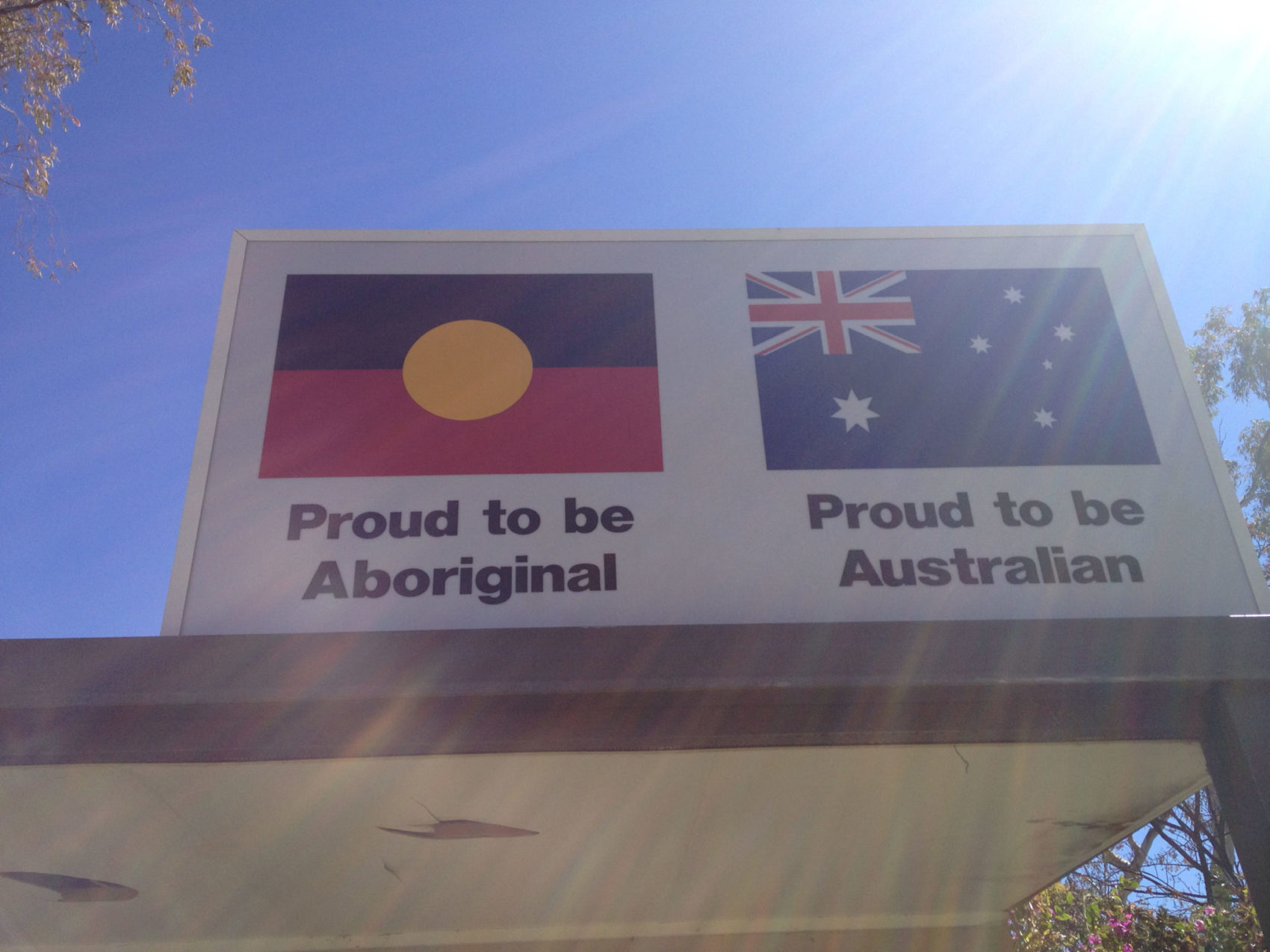
This is a sign over a local community center. I love its sentiment. I especially love the Aboriginal flag. Earthly dark brown, clay red and sunlight yellow evoke the earthly culture and is represented in a clean, sophisticated way.
Being in the Outback is so…open. One could drive for hours and be the only vehicle on the road. But along the way you see so many things: Gum trees shedding their skin. Mango plantations; cattle ranches; red and white clay rock formations erecting themselves from the ground. And the rest stops! It’s like being in the U.S. Southwest! Bob Seger played in one, while another place had the best hot wings I have ever had.
- Another early morning bus ride, this time toward Nitmiluk National Park (formerly known as Kathrine Gorge). There are mango plantations along the road.
- Me at the bottom of Nitmiluk
- Early morning, at one of our last rest stops before heading into Alice Springs. I had been on the road 22 hours. Despite how this looks, it was 32 degrees F, and I didn’t really bring cold-weather clothes. This was my first time in any desert anywhere.
- A homemade dinner of kangaroo steak, in my Quest Serviced Apartment.
Aug 17th 2014
Last day in Alice Springs.
So far, this is my favorite place in Australia. A small town of only 28,000 people, I found it very charming, yet arresting. Given that the town is very, very quiet and it’s surrounded by the MacDonnell Ranges, this seems like an excellent place for an Aussie to retire. If you just want a jog, walk, or bike around, you can. If you just want your groceries and a good wine, you can do that too. But if your body’s rhythm is used to a more vibrant, diverse, uptempo big city, life in Alice Springs might not be right for you. But I liked it all the same.
The day tour of Kata Tjuta and Uluru were more than I expected. The day started at 5:45a to pick up everyone. Before we made or food stops. I mentioned being vegan just to avoid the usual awful alternative. Thinking they were just going to give me shredded carrots, I was surprised to find homemade vegan chili. It looked and tasted better than what fellow travelers were eating. Nonetheless, as we proceeded, our drivers and guides — both named Andrew — showed some notable facts about the Red Centre.
For example, at one point there were no speed limits on the area’s roads. It was not uncommon to see Porsches race along this flat desert land. But that all changed when a tragic car accident during a race (inspired by the film, Cannonball Run) forced the highway system to establish speed limits.
”This is a good time to note that these on-the-ground trips were looooooong. And isolated.
In another surprising stop, we visited Lake Amadeus, a now-dried-up lake in the middle of Central Australia’s desert. When we stopped, I thought we were going to see another mountain range. We all climbed the red sand dunes (noted by a fellow traveler, “Whose idea was this?”). But it was worth it.
Imagine climbing a small mound of red sand dunes, pockmarked by acacias and other desert fauna, to be greeted by a white, barren plain.
This is a good time to note that these on-the-ground trips were looooooong.
And isolated.
Even with other tourists, it’s amazing how can take a picture of the natural landscape, and make it look as though you’re not surrounded by dozens of other people. One became consumed by nature.
By the time we reached Kata Tjuta we were only 40km from Western Australia, which should tell you how far we had come. I came to this place because Oprah (more or less) said so. And she was right. These monoliths are magnificent.
Millions of years in development, Kata Tjuta, and Uluru remind me how small we really are, and how we need to have more respect for our environment. Yes, we wear cotton, wool, leather, and reptiles. Yes, we eat animals and vegetables. All in the service to sustain ourselves. But I just think we should be more thoughtful, not over-consume, and take care of what we have.

Because I didn’t have a lens strong enough to capture the image, I borrowed this one from online. Image courtesy of Koole Imaging
Once again, the champagne dinner did not disappoint. While the drivers supplied a full meal for the rest of the travelers, they gave me a delicious vegetable curry dish. Done well, with no pretension of laziness.
On our way back at around midnight, our stopped to let us out so we could see all the stars. With no light pollution, I saw the Milky Way. But of course, an iPhone camera can only capture so much. But I do have that memory.
Let me go off on another tangent and express how the relations between indigenous Aussies and white Aussies is significantly better than the relationship we as Americans (including African Americans) have with American Indians. Here there has clearly been an effort to see Aboriginals as full citizens, to respect their culture, and acknowledge land rights. Issues like poor health, alcoholism, education, and poverty continue to plague Aboriginal communities. But programs that fly doctors to remote areas, or programs concerned with addressing mental illness try to get at these problems.
There also appears to be this strong desire to see Aboriginals as noble savages that off the land wearing no modern clothing or having no clue what modern life is like. That does have something to do with a wider societal problem of always viewing marginalized people from a stereotype. But I also think that unintentional stereotype is perpetuated within Aboriginal culture all in the service of maintaining culture.
Forgetting that culture changes and everyone evolves with each new generation, these folks will have you believe that Aboriginals still wear no clothing, live in the middle of nowhere, paint, draw, make crafts, and dance. While some of that is true (and there’s nothing inherently wrong with these activities) it’s not the full story. Plus, these perpetuations don’t allow a younger generation to tell their stories their way. I guess this is always the challenge in communities that have a rich cultural history. In order to maintain that relevance, there’s a compulsion to hold onto the past.
But I am hopeful of the people of Australia. They have their first female prime minister and its first Aboriginal member of Parliament. And these are all fairly recent developments. These are reminders that, no matter how long it takes, we can always come from a pace of ignorance and grow as a society.
”'We can fly you from Alice Springs, but you'll need to spend the night in Sydney at your own cost.' 'Well, if you insist.'
A layover in Sydney for one night was required in order for Quantas to fly me from Alice Springs and back to the U.S. This was perfect. As this was my first trip down under, I was able to take in the least populated and most parts of the large continent in one trip.
- Right across the street from one of the most famous landmarks is Sydney’s Museum of Contemporary Art.
- This fantastic water fountain. The design was clearly thinking about the water path.
- Sydney Opera House at night.
I learned a few things about Australia, and about my expectations about what constitutes a vacation. I learned that Australia has some of the friendliest people and breathtaking national parks. I also learn the continent has the exact same problems we have: income inequality, institutional racism, Islamophobia, economic insecurity. But the country also puts forth efforts to challenge these issues. I found a country much more complex and progressive than I thought. As for myself, I learned that I can appreciate another country without insisting it entertains me with endless beaches, cocktails, and shopping.
Passport Confessional is a blog series on IDSL dedicated to places I’ve traveled to, outside of the U.S.



